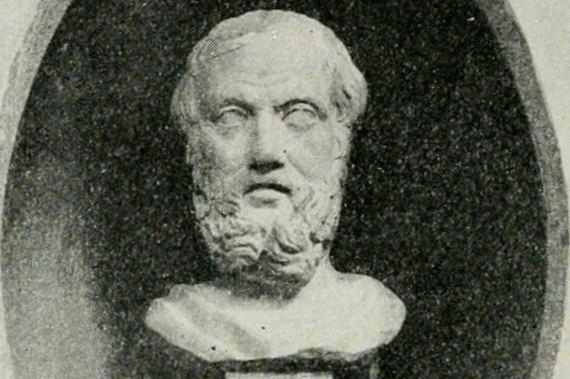In this era of fake news and hoaxes on the Internet, fortunately there are those who dedicate their time to checking this supposed information in order to uncover the falsehoods. Today we call them debunkers, or hoax and myth busters. But just as fake news is not an exclusively modern phenomenon, neither is the craft of refuting it: today’s debunkers have an illustrious forerunner who lived in the 17th century, the Italian doctor Francesco Redi. However, like the best stories, Redi’s also has a surprise ending.
The Tuscan Redi (18 February 1626 – 1 March 1697), chief physician at the court of the Medici, had no lack of academic paternities: in various reference sources he is designated as the father of experimental biology, parasitology, experimental toxicology and helminthology (the study of helminth worms). He studied and described more than a hundred parasites, and in this field he made one of his key findings, that these intruders did not arise from the body itself, but were born from eggs.
Spontaneous generation and vipers that drank wine
This observation was in line with what is usually considered his greatest contribution to science, the first refutation of spontaneous generation. In 1668, he published his experiments showing that maggots were not the product of decay, but rather the offspring of flies that laid their eggs in the meat. The introduction of the control condition in his experiments makes them a pioneering example of the methodology applied in laboratories today.
With his discovery that omne vivum ex vivo, or that “all life comes from life”, Redi debunked a myth that was widespread in his time, the origins of which go back at least to Aristotle. But the Tuscan’s rationalist ambition was not satisfied with this; he also dedicated himself to tearing down other popular hoaxes, some of which surprise us today with their naivety.

Several of these myths referred to vipers, animals to which Redi dedicated a voluminous work. It was a common belief in his epoch that these snakes drank wine and broke the glasses. It was also believed that the poison came from the gall bladder and that it was toxic if swallowed. By analysing animals that were inoculated with the venom with the sharp bristle of a broom, the Tuscan observed that their blood clotted, and that the poisonous liquid was only harmful if it entered the bloodstream, not if it was swallowed. By applying a tourniquet close to the bite, the flow of the poison to the heart could be reduced.
But even this mythbuster was fooled on occasion: he could find no other explanation for the insects that emerged from the galls of plants but that it was the plants that produced them. Despite refuting the idea of spontaneous generation in dead flesh, he believed that a living organism, a plant, could create a different one, an insect.
The fake inventor of eyeglasses
However, this is not the most striking aspect of Redi’s career, nor are his moving verses praising the wines of his native Tuscany. In fact, the most unexpected final piece in the profile of the first mythbuster is that he was also a skilled creator of fake news. He was so skilled, in fact, that not even the Internet age, with its facility for exposing hoaxes, has yet managed to erase the traces of his mischief.
Eager to sing the glories of his land, Redi wanted to attribute the invention of eyeglasses to a Tuscan. To do so, he concocted the lie of being in possession of the oldest written reference to this object, composed in 1299 by the Florentine Sandro di Pippozzo, a man who never existed. Redi also pointed to another Tuscan, the monk Alessandro di Spina, as the reinventor of eyeglasses based on an earlier idea. The Florentine Ferdinando Leopoldo del Migliore completed the farce by proposing the name of the author of that supposed previous idea: Salvino degli Armati. Of course, he was also Florentine, and as fictitious as Pippozzo.

Migliore went further by asserting that in times past there had been in the church of Santa Maria Maggiore in Florence a tomb of this Armati whose inscription identified him as the inventor of the glasses. In 1841, this alleged historical loss was amended by restoring the inscription, under a bust that actually portrays the historian Herodotus. Today the false monument persists, as do the numerous references that attribute the invention of spectacles to Spina or Armati; fake news that has survived the centuries.
Comments on this publication